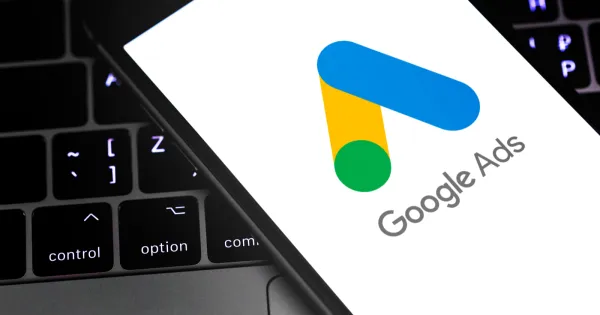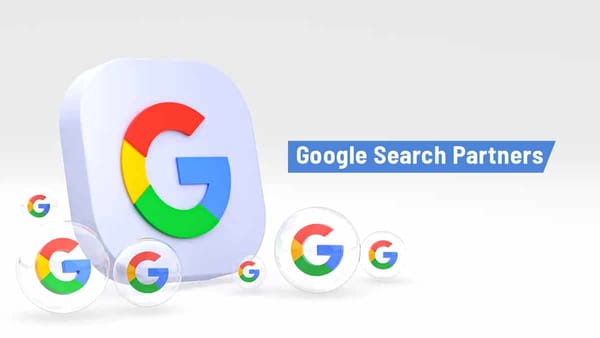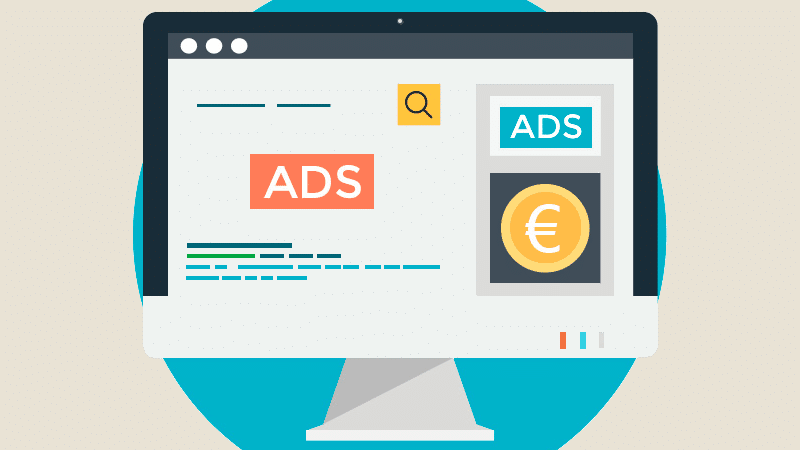When Branding Started

Introduction
Branding, as we know it today, is a strategic practice that helps businesses create a unique identity in the marketplace. But branding didn’t always have the refined methods and significance that it holds in the modern business world. Understanding when branding started and how it has evolved can provide insights into its importance in contemporary marketing.
In this article, we’ll take a journey through the history of branding, from its early beginnings to its role in today's business landscape.
1. Early Beginnings: Ancient Civilizations
The concept of branding dates back thousands of years to ancient civilizations, where it served as a way for craftsmen, traders, and artisans to mark their goods and services. Here are some of the earliest examples:
- Ancient Egypt: Around 3,000 BC, Egyptian craftsmen began marking their pottery with symbols or marks to identify their work.
- Ancient Greece and Rome: Pottery and other handcrafted goods were often marked with the maker’s seal or emblem to indicate authenticity.
- Branding in cattle: The practice of branding livestock, dating back to ancient times, was used to distinguish ownership. This form of branding can still be seen today, where ranchers use hot irons to mark their cattle.
Branding in these early stages was largely about distinguishing ownership and origin, ensuring goods were identifiable and trustworthy.
2. The Industrial Revolution: Birth of Modern Branding
The true evolution of branding as we know it today started in the 18th and 19th centuries during the Industrial Revolution. The rise of mass production and the expansion of businesses led to the need for better identification and differentiation of products. Key developments during this period include:
- Trademark registration: In the 19th century, trademarks began to be formally registered to protect businesses and products from imitation. This ensured that consumers could identify products from a specific source.
- Packaging: As products began to be sold in larger quantities and in more diverse markets, packaging became a way for businesses to make their products stand out. Iconic brands like Coca-Cola and Campbell’s Soup started using consistent branding on their packaging to establish their identity.
Branding became a way to not only identify goods but to signal quality and reliability to consumers.
3. The 20th Century: The Rise of Corporate Branding
By the 20th century, branding was becoming an integral part of business strategy. With the growth of global markets and increased competition, companies began to realize the importance of building strong, recognizable brands. Key moments in the 20th century include:
- Mass advertising: The development of television and radio as advertising mediums in the mid-1900s allowed brands to reach wider audiences. Companies like Ford, Coca-Cola, and General Electric became household names, solidifying the idea that branding is key to success.
- The evolution of logos and slogans: The 20th century saw the creation of memorable logos and slogans that helped shape consumer perceptions. Brands like Nike ("Just Do It") and McDonald's ("I'm Lovin' It") used catchy phrases and visual identities to make their brands instantly recognizable.
This era marked the shift from product-based branding to brand identity, where companies emphasized not just the quality of their products, but the emotions and lifestyle associated with them.
4. The Digital Age: Branding in the Modern Era
The late 20th and early 21st centuries brought a new wave of branding in the form of digital marketing. The internet and social media revolutionized the way companies communicate with consumers, making branding more dynamic and interactive. Key developments during this era include:
- Social Media: Platforms like Facebook, Instagram, and Twitter have given brands direct access to their audience. Social media has made branding more personal and engaging, with brands often interacting with customers in real-time.
- Influencer Marketing: The rise of influencers and content creators has become a new form of branding. Companies now partner with individuals who have large followings to promote their brand in an authentic and relatable manner.
- Content Marketing and Storytelling: In today’s market, storytelling has become a significant part of branding. Brands share their stories, values, and missions through blogs, videos, and other content, allowing them to connect with consumers on a deeper level.
Branding today is not just about a logo or a catchy slogan; it’s about creating a comprehensive experience for consumers that aligns with their values and lifestyle.
5. The Future of Branding
As technology continues to evolve, the future of branding is expected to be even more personalized and immersive. With advancements in artificial intelligence, augmented reality (AR), and virtual reality (VR), brands will have new ways to interact with consumers and create memorable experiences. Some trends to look out for include:
- AI-driven personalization: Brands will increasingly use AI to personalize marketing messages and experiences, offering consumers tailored content based on their preferences.
- Immersive experiences: Virtual and augmented reality may become common tools for brands to provide interactive, engaging experiences to their customers.
- Sustainability and Purpose-driven Branding: With consumers becoming more conscious of social and environmental issues, brands that align with causes and demonstrate authentic sustainability practices are likely to gain greater traction.
The future of branding is all about staying adaptable, authentic, and creating meaningful connections with customers.
Conclusion
Branding, in its earliest form, was a simple way to distinguish ownership. However, as business and technology evolved, so did branding. From its humble beginnings in ancient civilizations to its current state as an essential tool for business strategy, branding has undergone a transformation. Today, it is an integral part of how businesses connect with consumers, build trust, and differentiate themselves in a competitive market. The continued evolution of branding, particularly with the rise of digital tools, promises exciting possibilities for the future.




